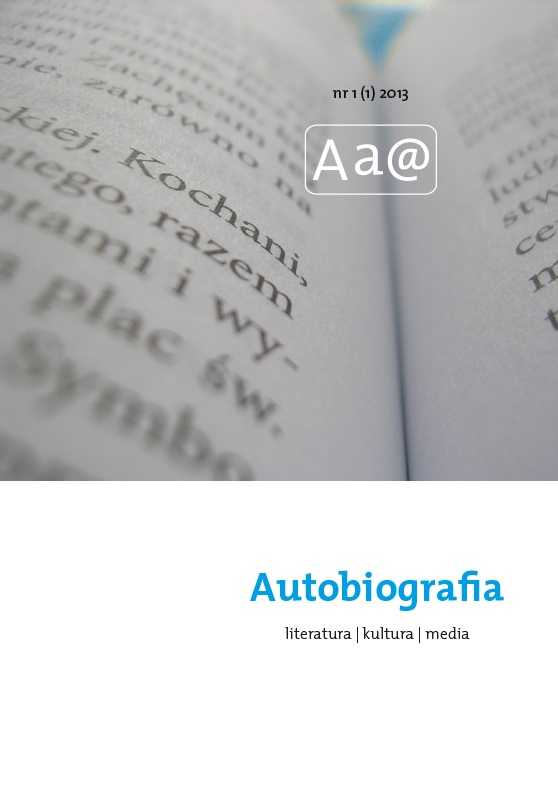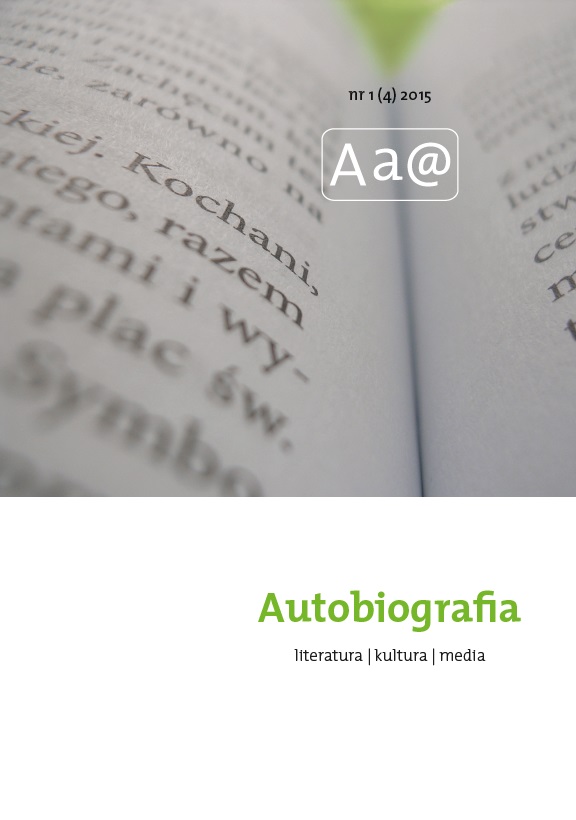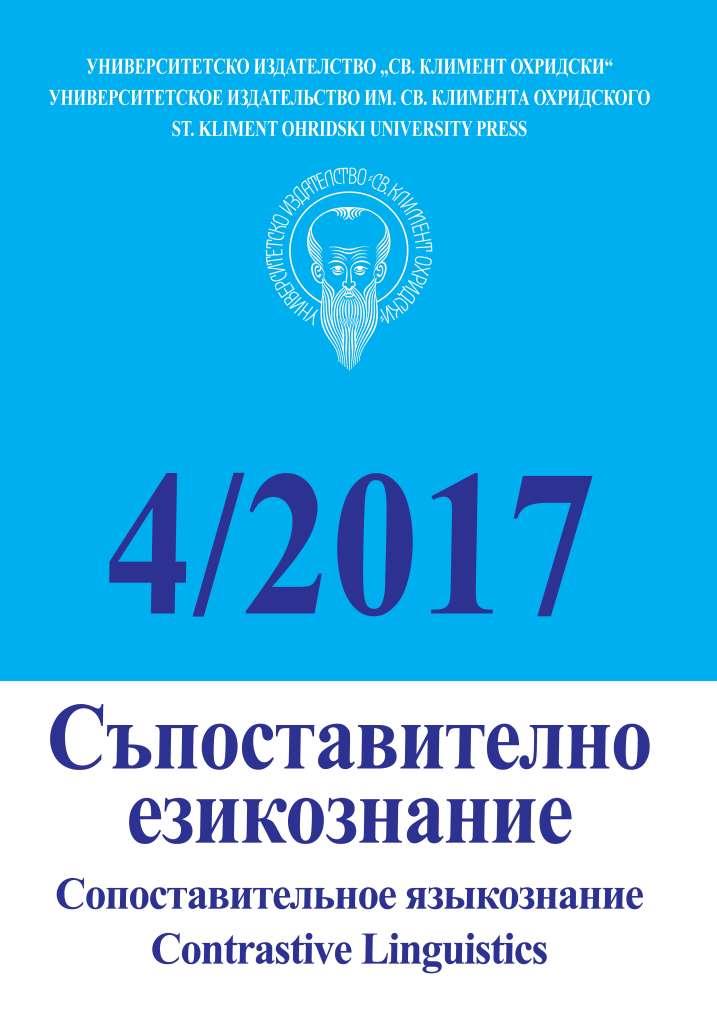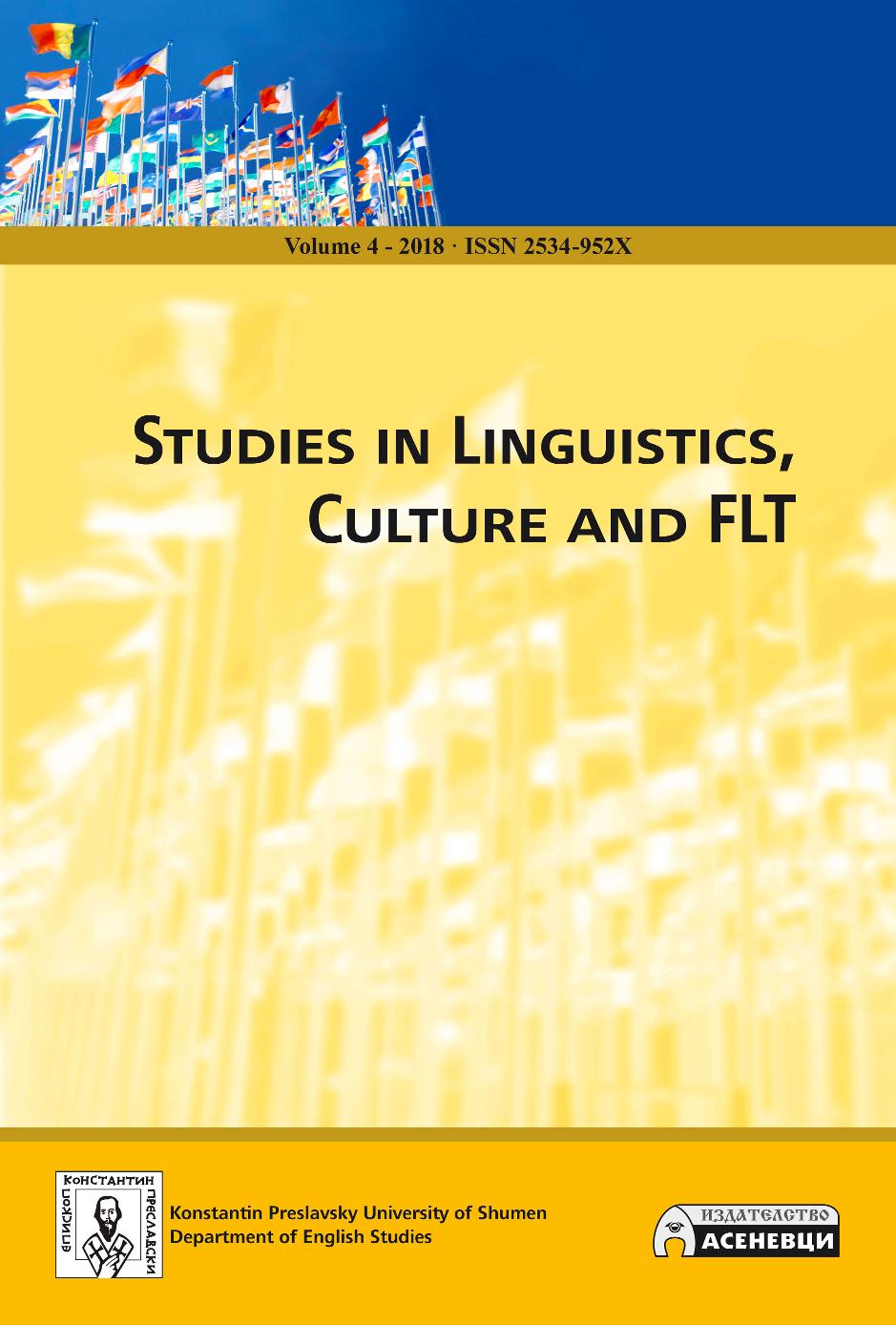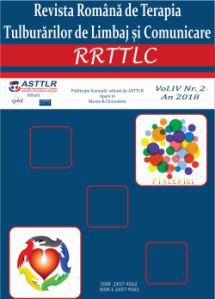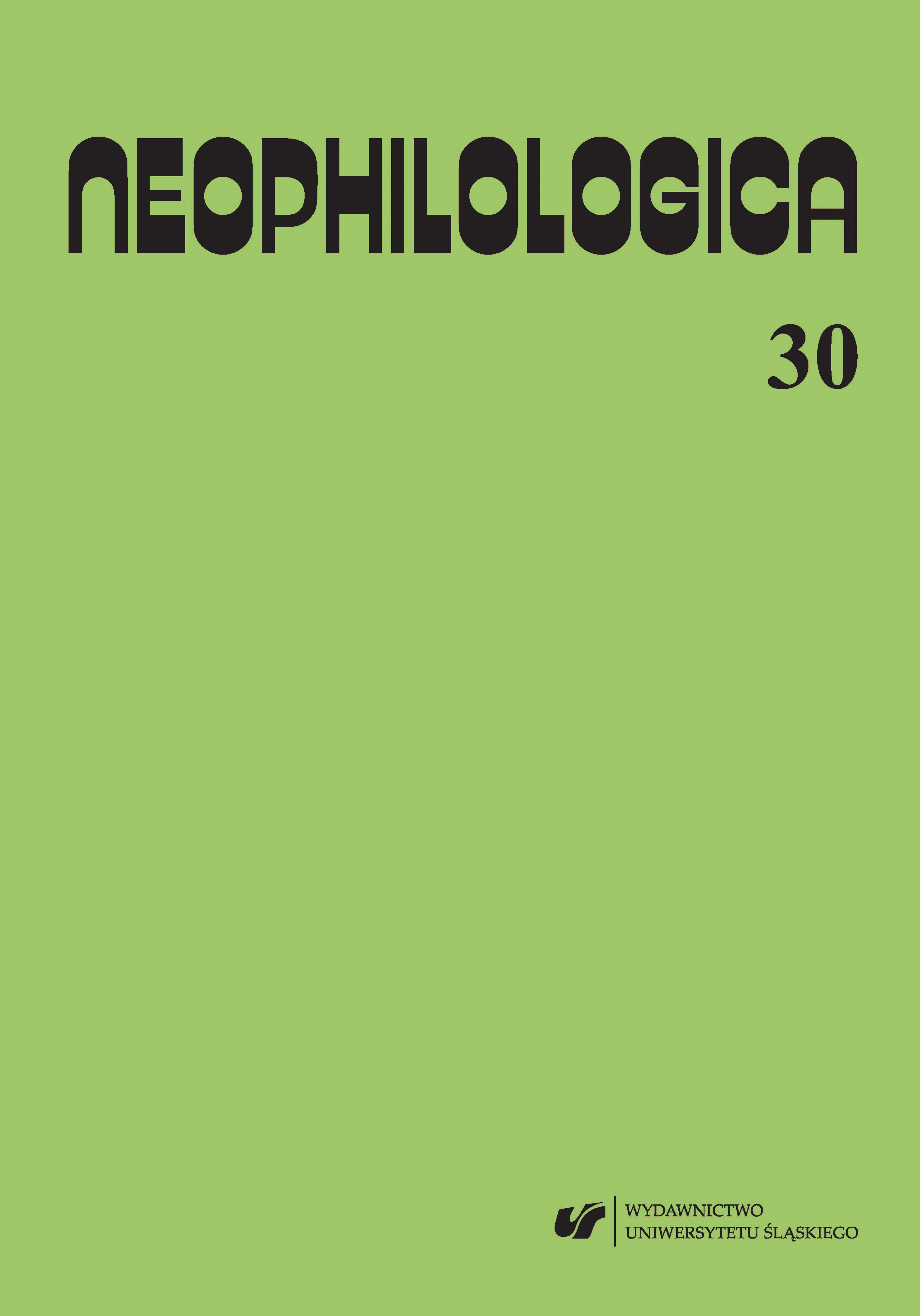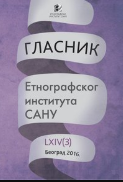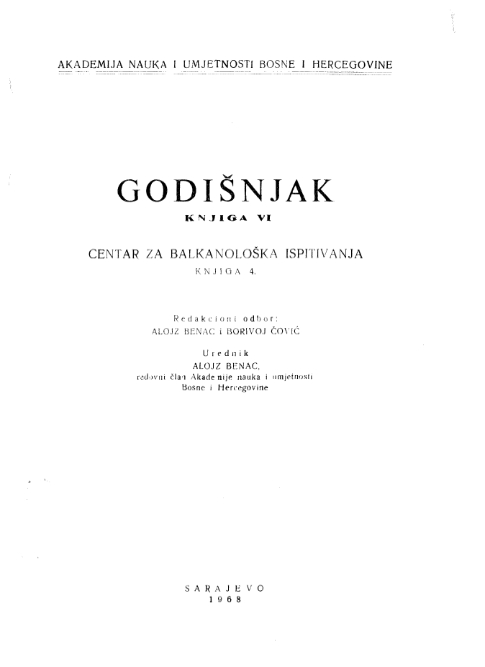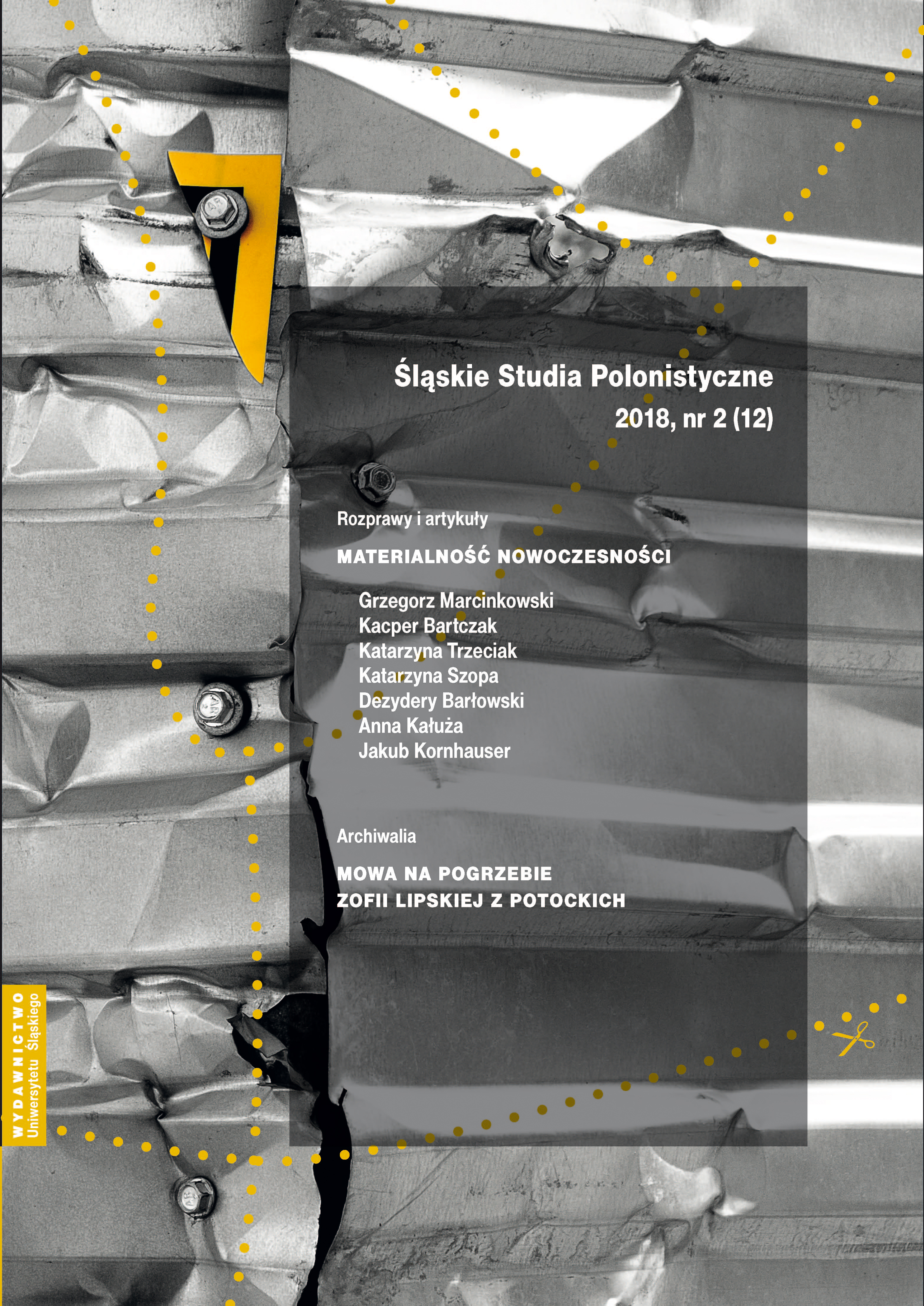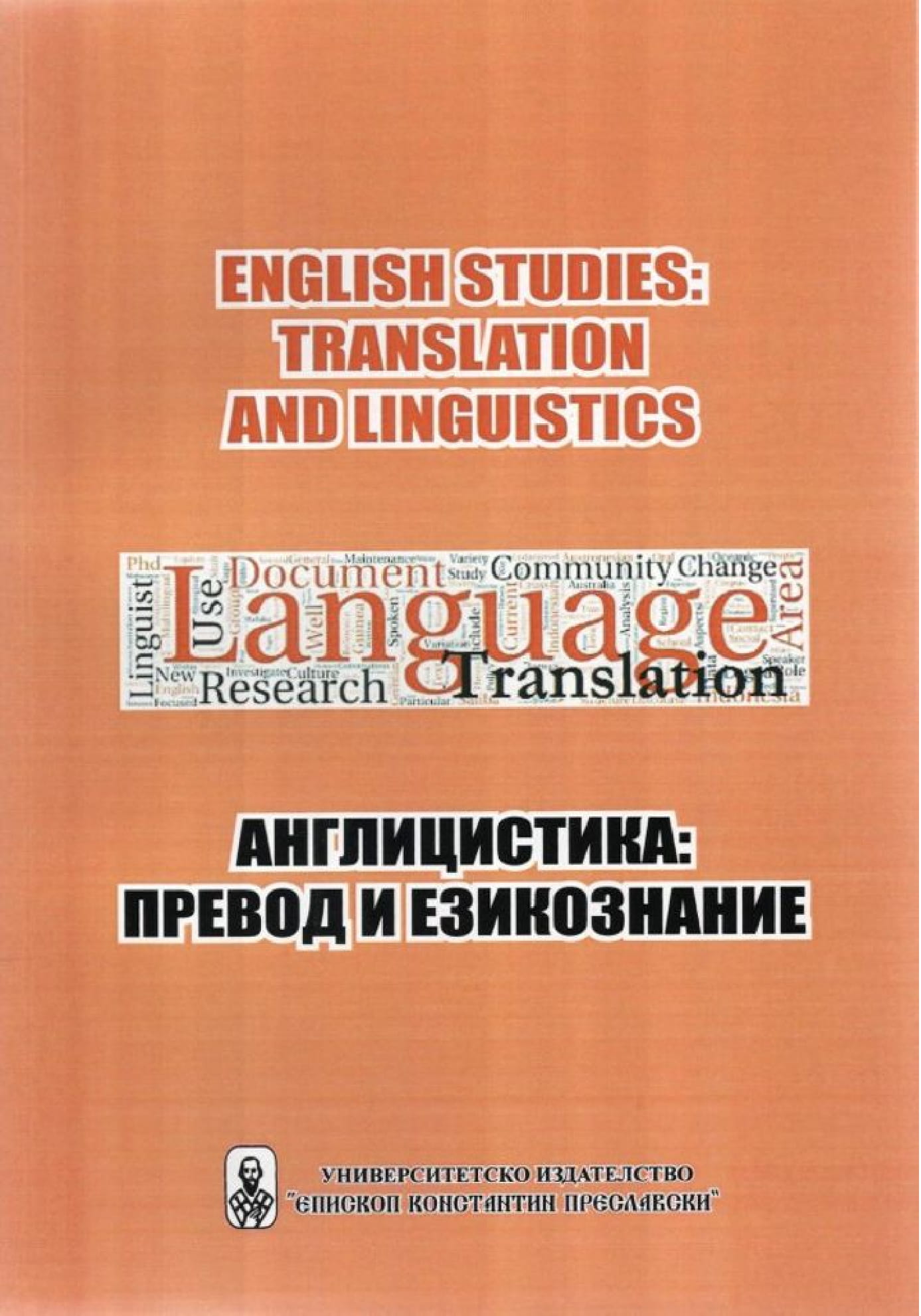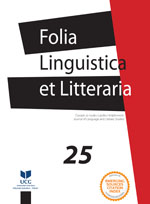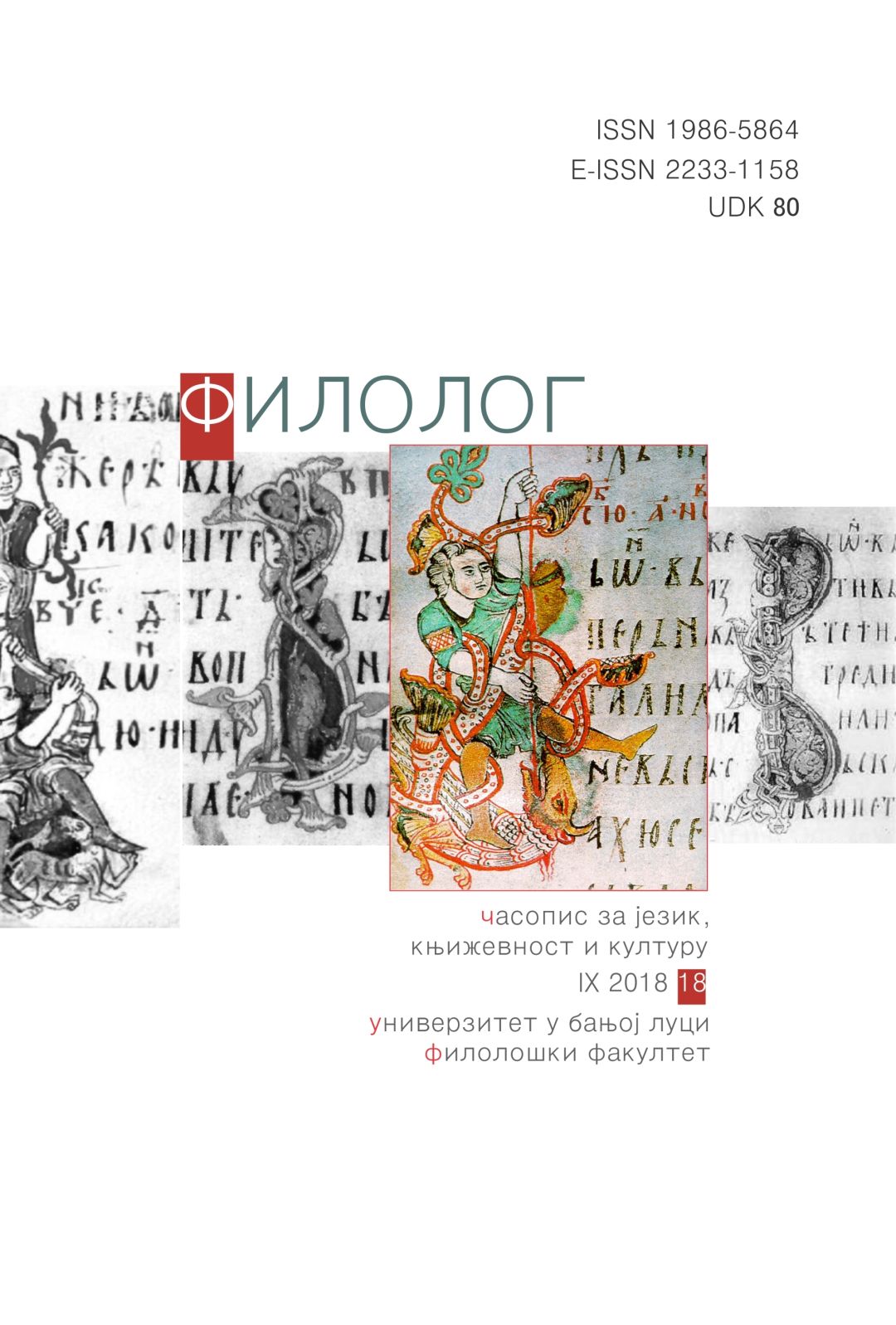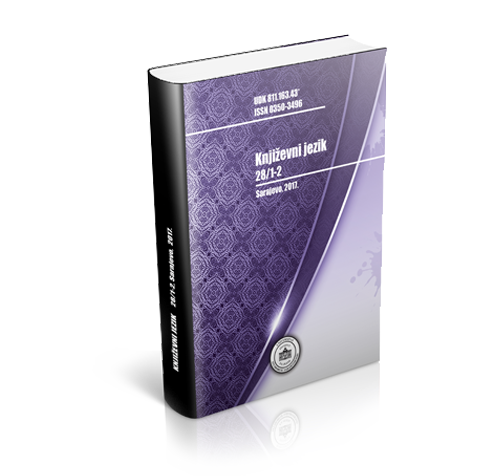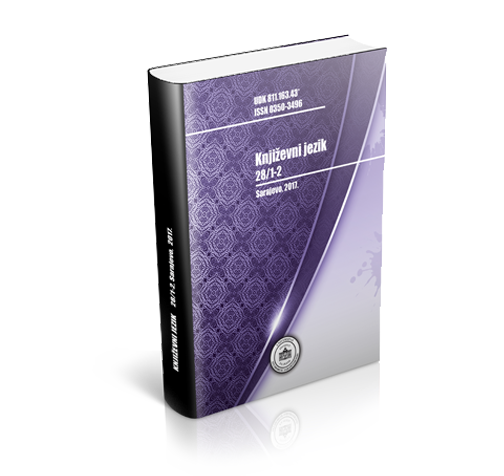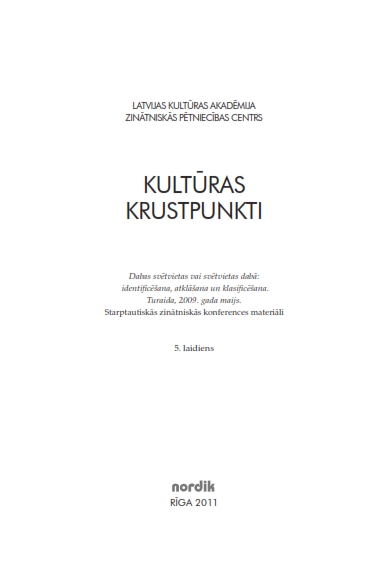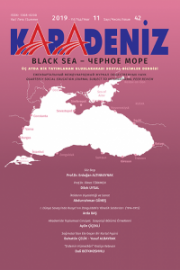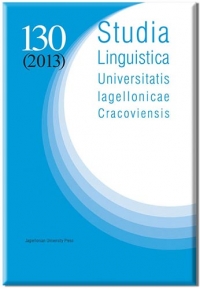Author(s): Dušica Petruševski,Mihailo D. Petruševski / Language(s): Serbian
Issue: 6/1968
Dans une analyse du texte des tablettes de la série pylienne Ta, les auteurs de l'article précédent ont proposé quelques identifications de mots et de noms mycéniens jusqu'il présent non fixés. Ils se prononcent pour une identification <Γύρκε(σ)βρις de purke-qi-ri de Ta 711 (nom d’un fonctionnaire de la cour pylienne; une identification d üyrßptc, proposée par B. Cop dans Ž. A. VIII, 1958, p. 254, n. 25, étant de même possible) et pour la transcription Aryi-(o)fac = Ary(s)iac ou Αύγρας (nom connu du roi mythique du cycle d' Héraclès) de *85-ke-wa (le syllabobogramme *85 = au étant presque certain). Ils insistent sur la transcription g’elana (βαλάνα, d’où βαλανεύς et βαλανεϊον de qe-ra-na „cruche” et plus particulièrement »vase à baigner« (cf. les termes άρύβαλος et αρύταινα du grec postérieur avec l’étymologie de όρύ-βαλος et peut-être de rattachée au thème du verbe βάλλω connu sous la forme de ξελλειν, έσδέλλειν en arcadien, c.-à-d. d’un thème verbal à vocalisme plein *g el hérité du mycénien!). En ce qui concerne l'attribut wa-na-se-wi-ja (du vase qe-ra-na), ils adoptent la translittération Warnasewia en rejetant la transcription wanassewia comme impossible du point de vue phonétique, étant donné que la syllabe -se-, ainsi que -so- de xva-na-so-i dont wa-na-se-wi-ja représente un dérive, ne peut pas remonter à -kye- (resp. -kyo·) à cause de la palatale -ky- qui est en mycénien toujours rendue par un signe spécial conventionnellement transcrit par z- dans les syllabogrammes za-, ze-, zo- (cf. za-we-te — σάτες, τητες de kyawetes, wo-ze = *wrgyei ερδει, c.-à-d. έργάζει, ka-zo-e = kakyo'es, comp. de κακός me-zo-e = megyo'es, comp. de μέγας etc.). Se serait donc un ethnique resp. un adj. possessif tiré d’un ethnique (=démotique) *wa-na-se-we = fapνάσηΤες non attesté jusqu’ici et dérivé d’une localité Warnasot ou Warnasa attestée à la forme wa-na-so-i qui représente un locatif plur. (v. l'étude Discussions mycénologiques, dans A. XII, 1962, pp. 293—312). La forme a-mo-te-wi-ja serait de même un adjectif-ethnique désignant la provenance de la cruche citée. Ce serait un dérivé d’une localité Armo ou Armota = 'Άρμα (Άρματα) — une localité correspondante étant connue à l’époque historique en Beotie resp. Attique : vec son ethnique’ Αρματεύς qui correspondrait à une forme mycénienne *A-mo-ie-u plur. *A-mo-te- -we qui a servi de base pour le dérivé a-mo-te-wi-ja de Pylos. Il faut se rappeler les ethniques ai-ke-u, *34-ke-u et o-pi-ke-wi-ri-je-u des tablettes Ta 641 et Ta 709&712 désignant la provenance des trépieds.
More...
